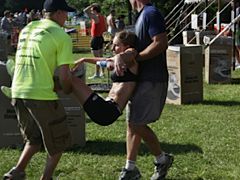 The Science of Sport takes a look at a phenomenon which has attracted its fair share of media attentioned recently - sudden death during exercise. Although it's a terrible thing, the article makes a very important point :
The Science of Sport takes a look at a phenomenon which has attracted its fair share of media attentioned recently - sudden death during exercise. Although it's a terrible thing, the article makes a very important point :
regular exercise protects the heart. It lowers cholesterol, improves cardiac function, and increases life expectancy and quality of life.
and
[the] overall chances of this (sudden death during exercise) happening are still lower than for the inactive population.
A good read.
 Keep up with Ace's passions for Cooking, Basketball and, of course, Triathlons.
Keep up with Ace's passions for Cooking, Basketball and, of course, Triathlons. 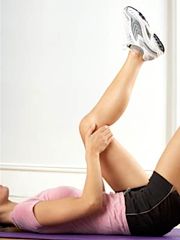 Via
Via  In the mood for a fight? Head over to
In the mood for a fight? Head over to  Over at The Fit Club there's a brief look at the
Over at The Fit Club there's a brief look at the 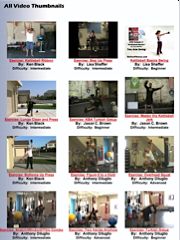 There's a great
There's a great 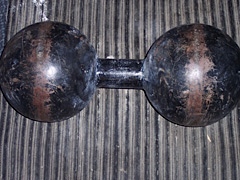
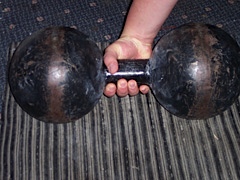

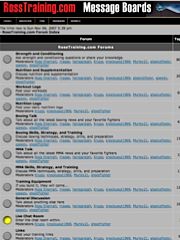 This month's collaboration with
This month's collaboration with 
 Typical resting pulse rates
Typical resting pulse rates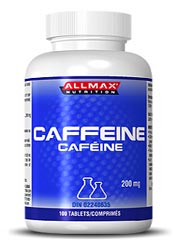 Stimulants: caffeine is perhaps the most common - so avoid that cup of coffee before checking your pulse. Other stimulants include cigarettes, amphetimines, decongestants, diet pills and asthma medications.
Stimulants: caffeine is perhaps the most common - so avoid that cup of coffee before checking your pulse. Other stimulants include cigarettes, amphetimines, decongestants, diet pills and asthma medications.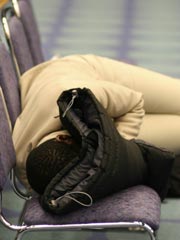 Rest breaks
Rest breaks